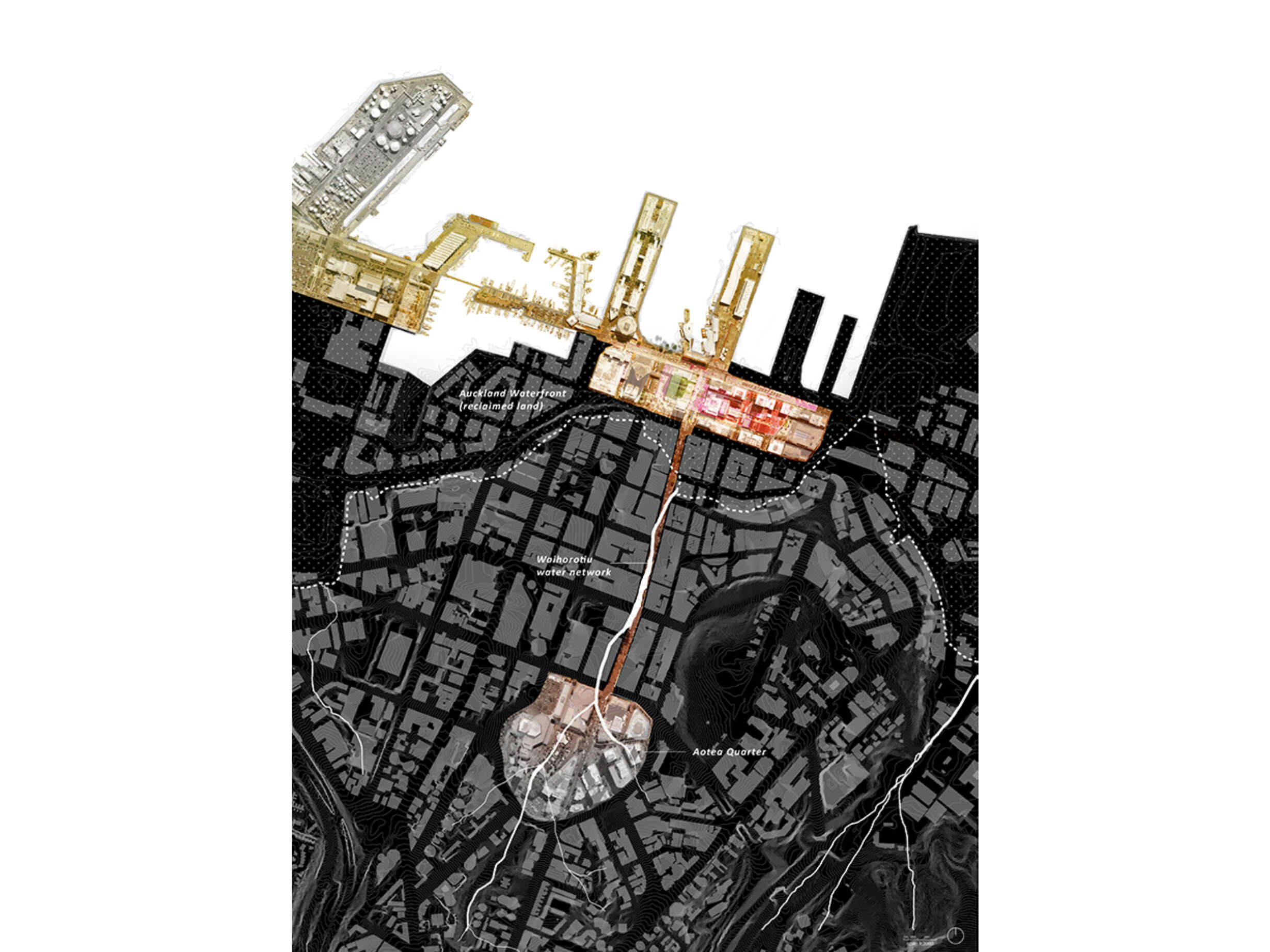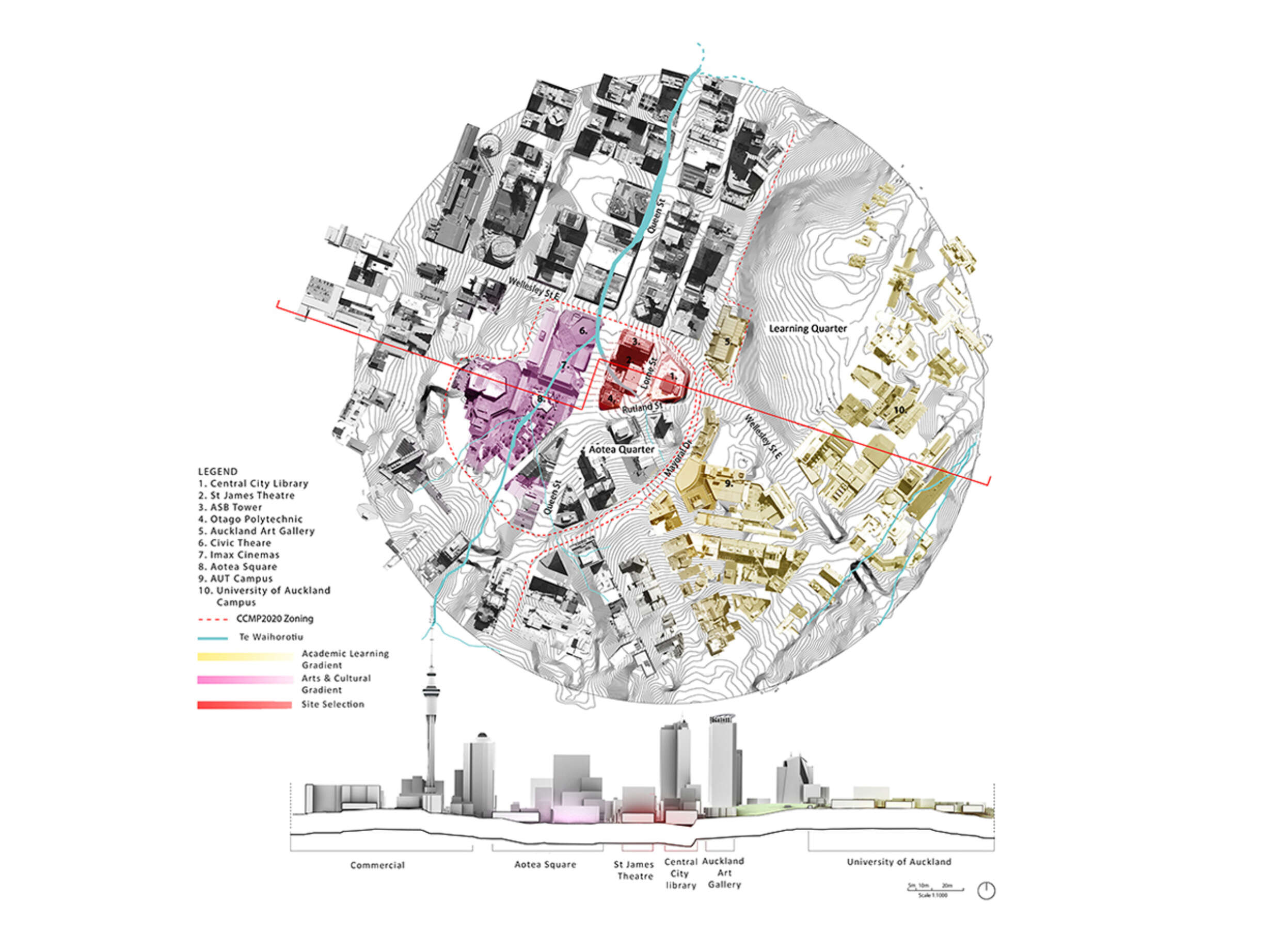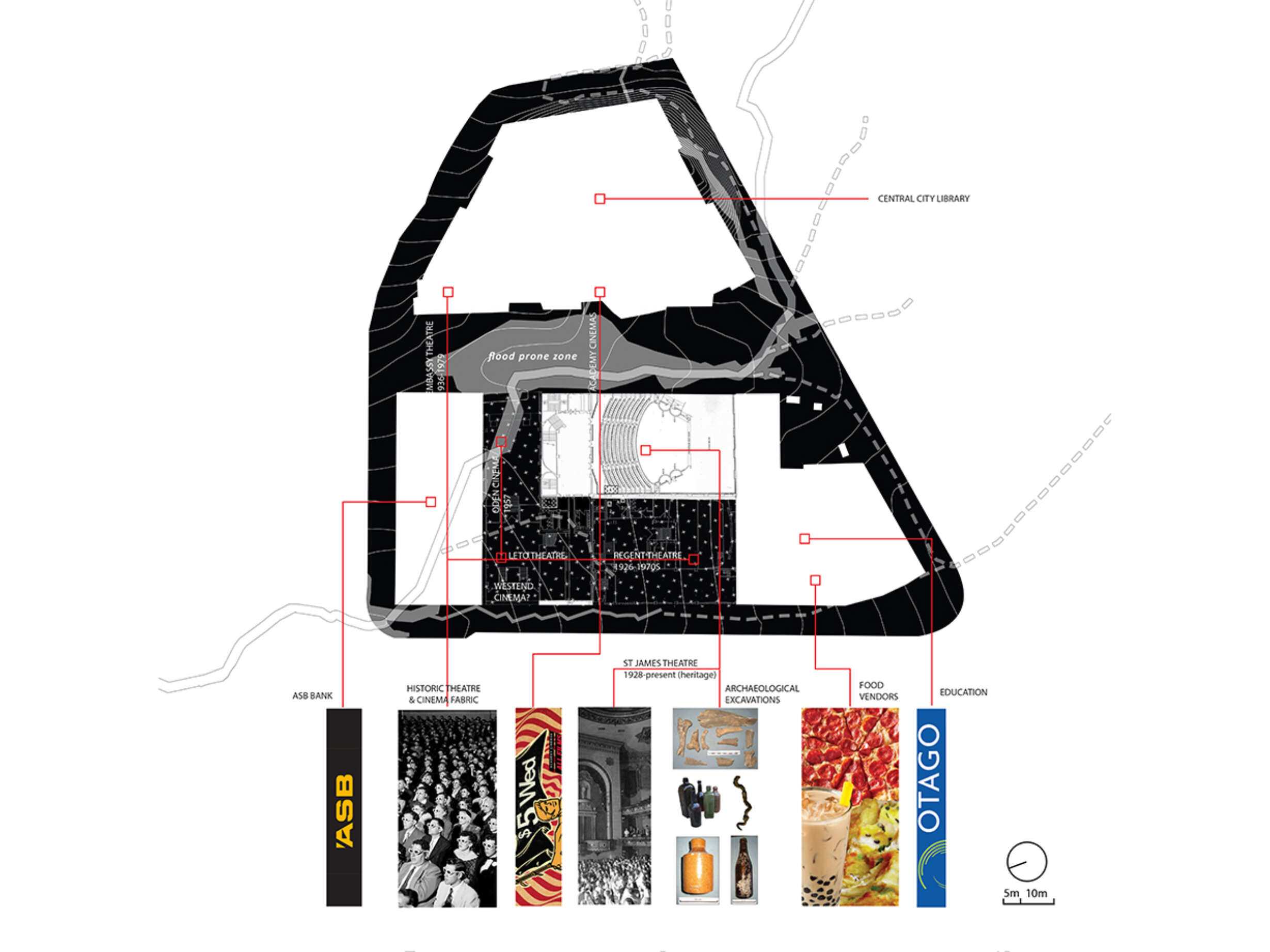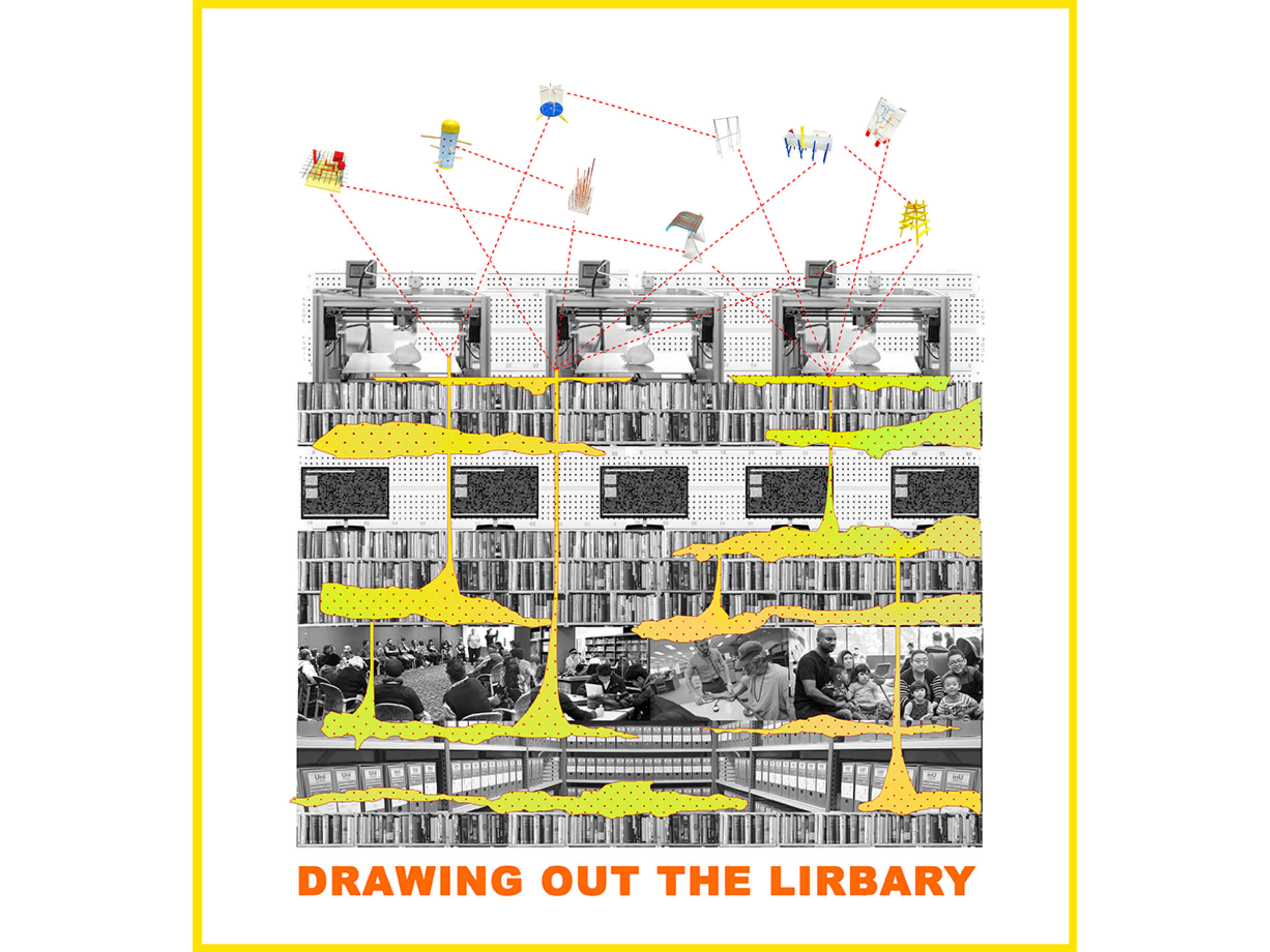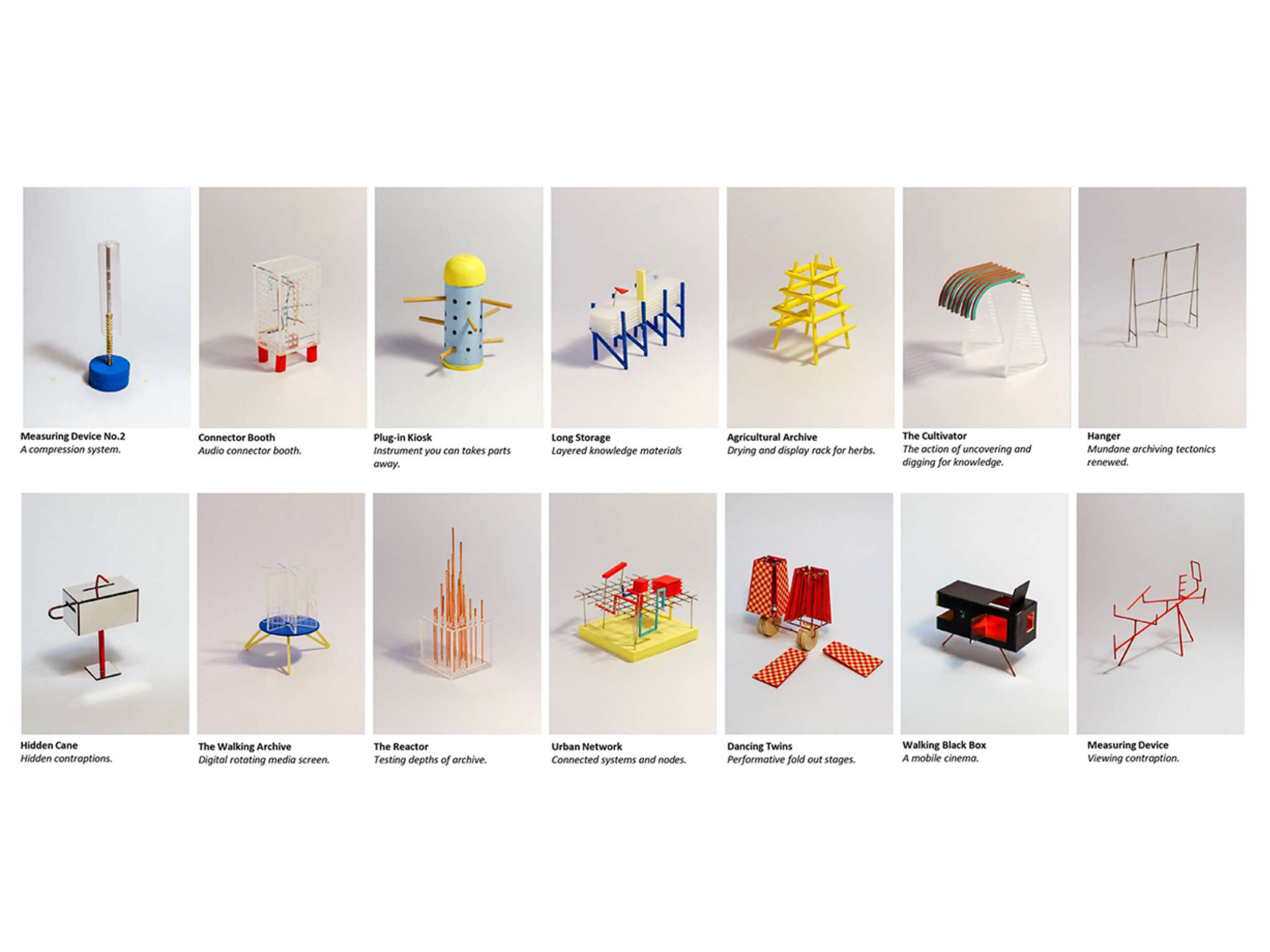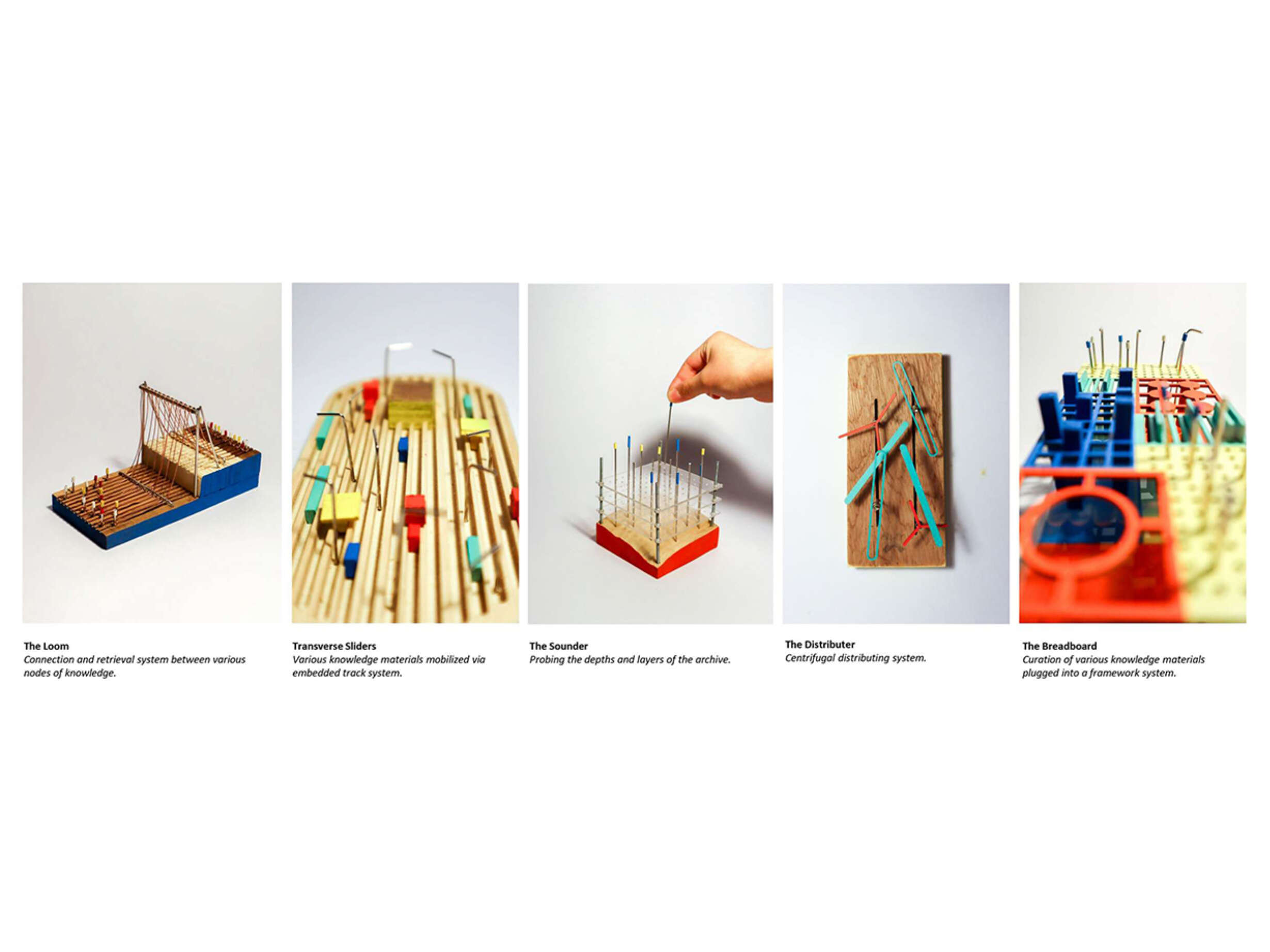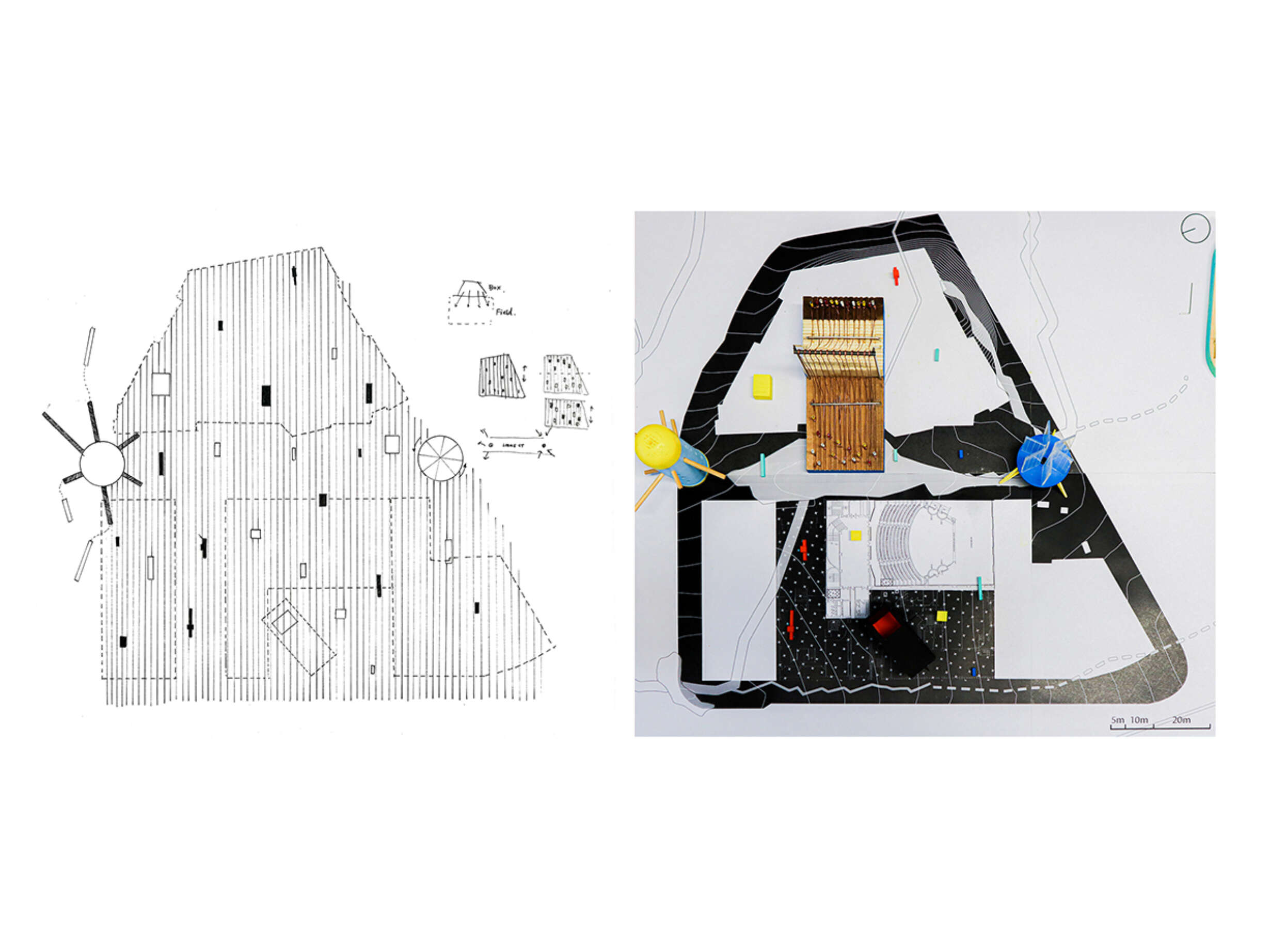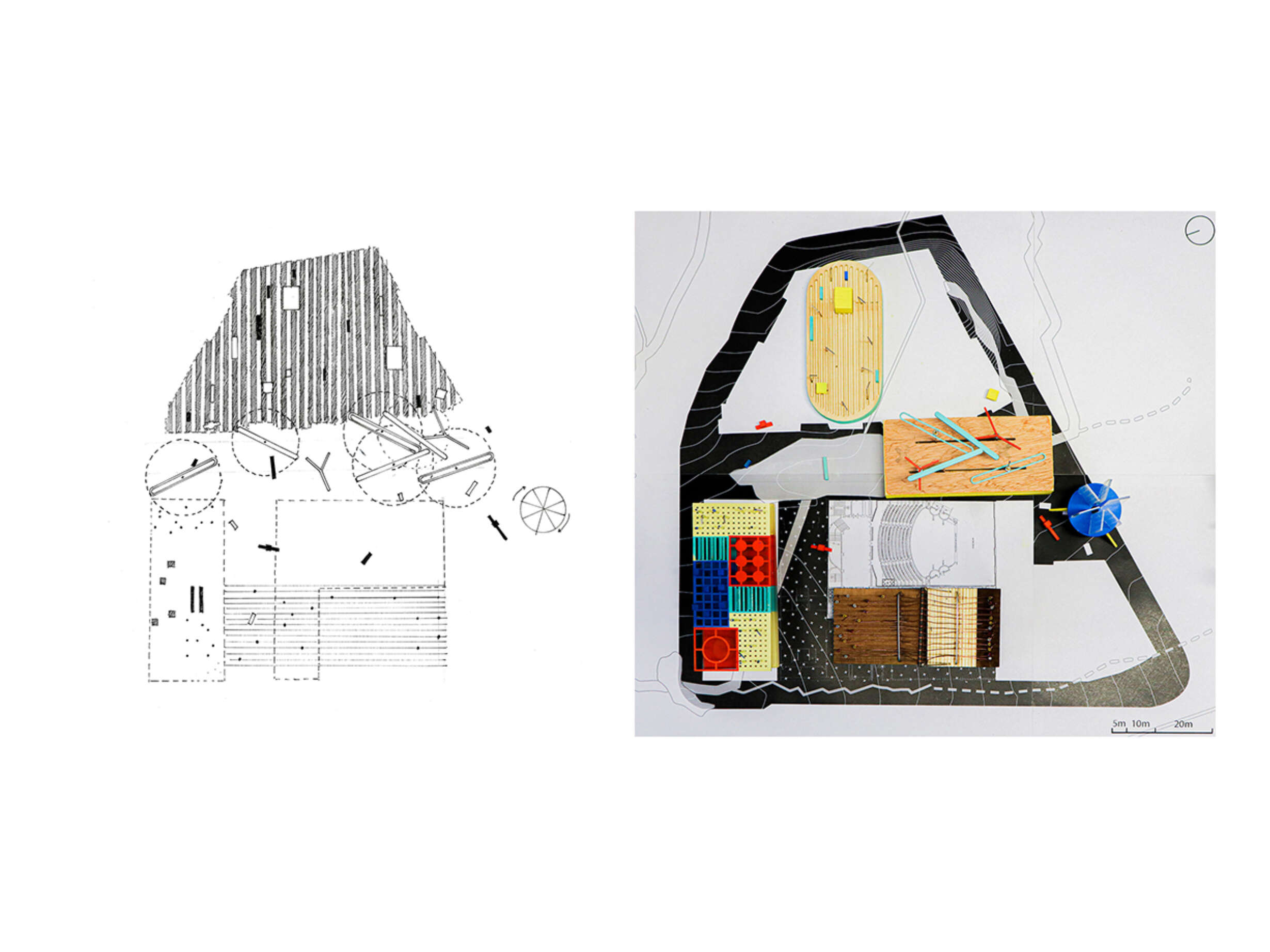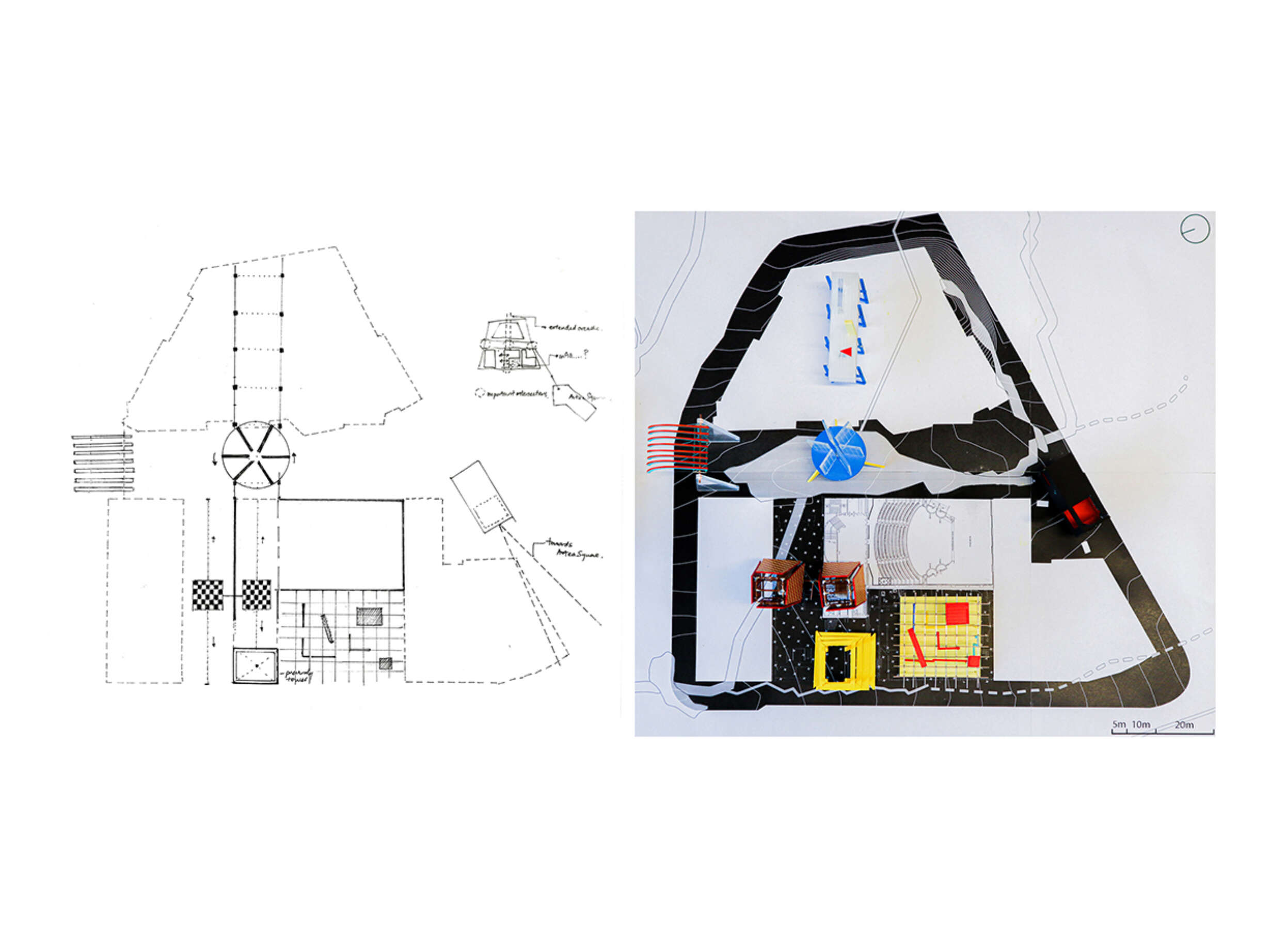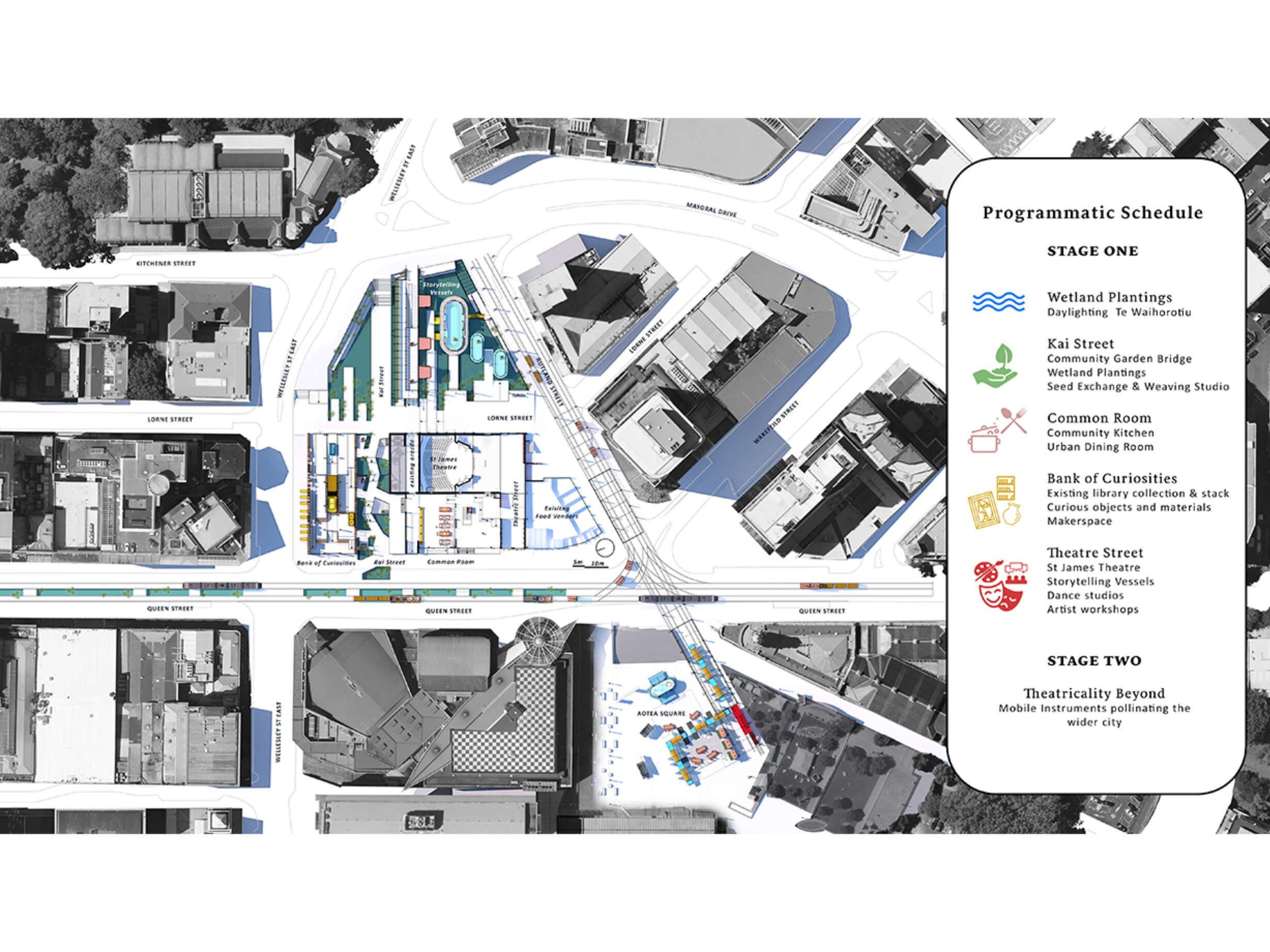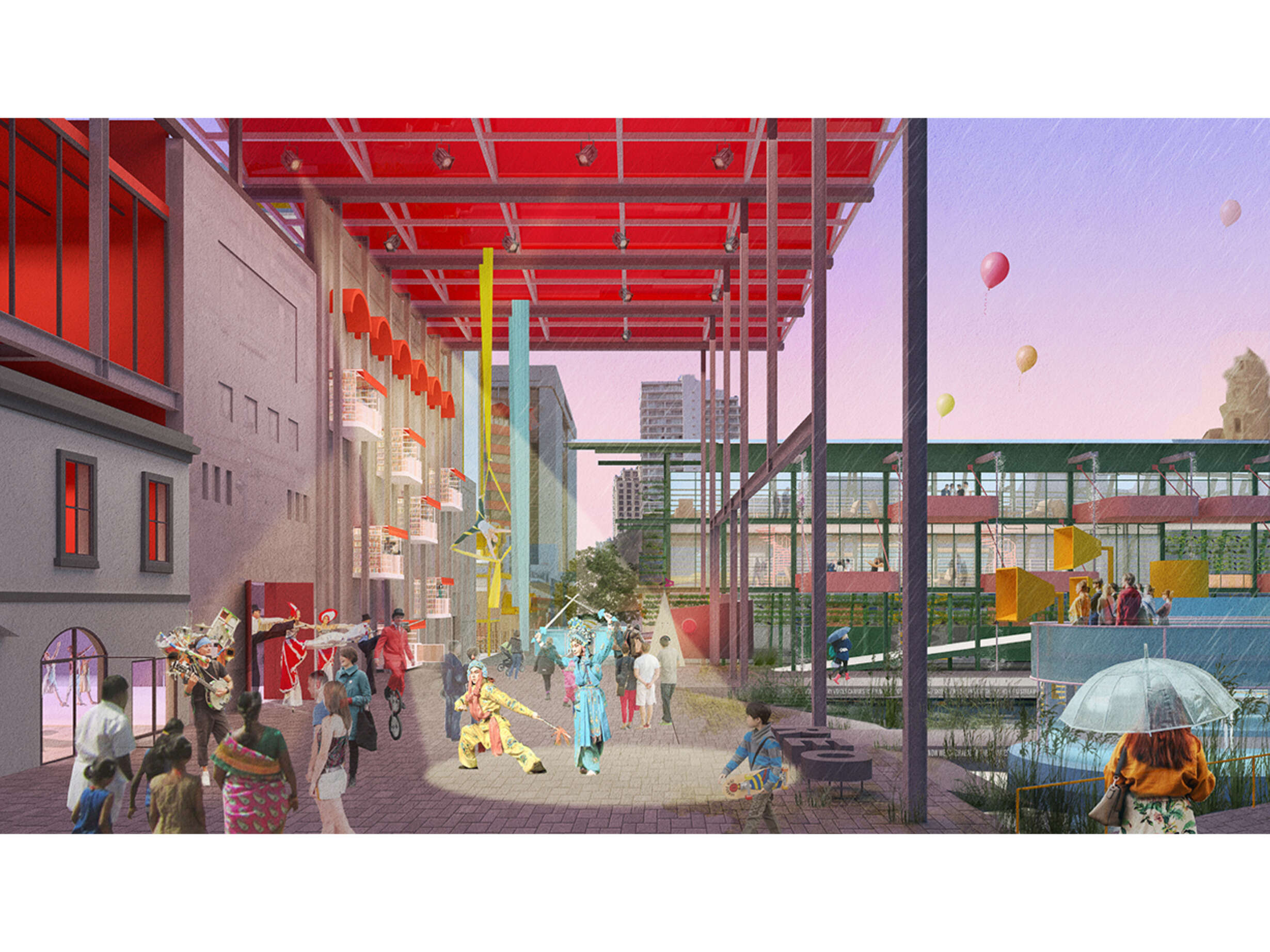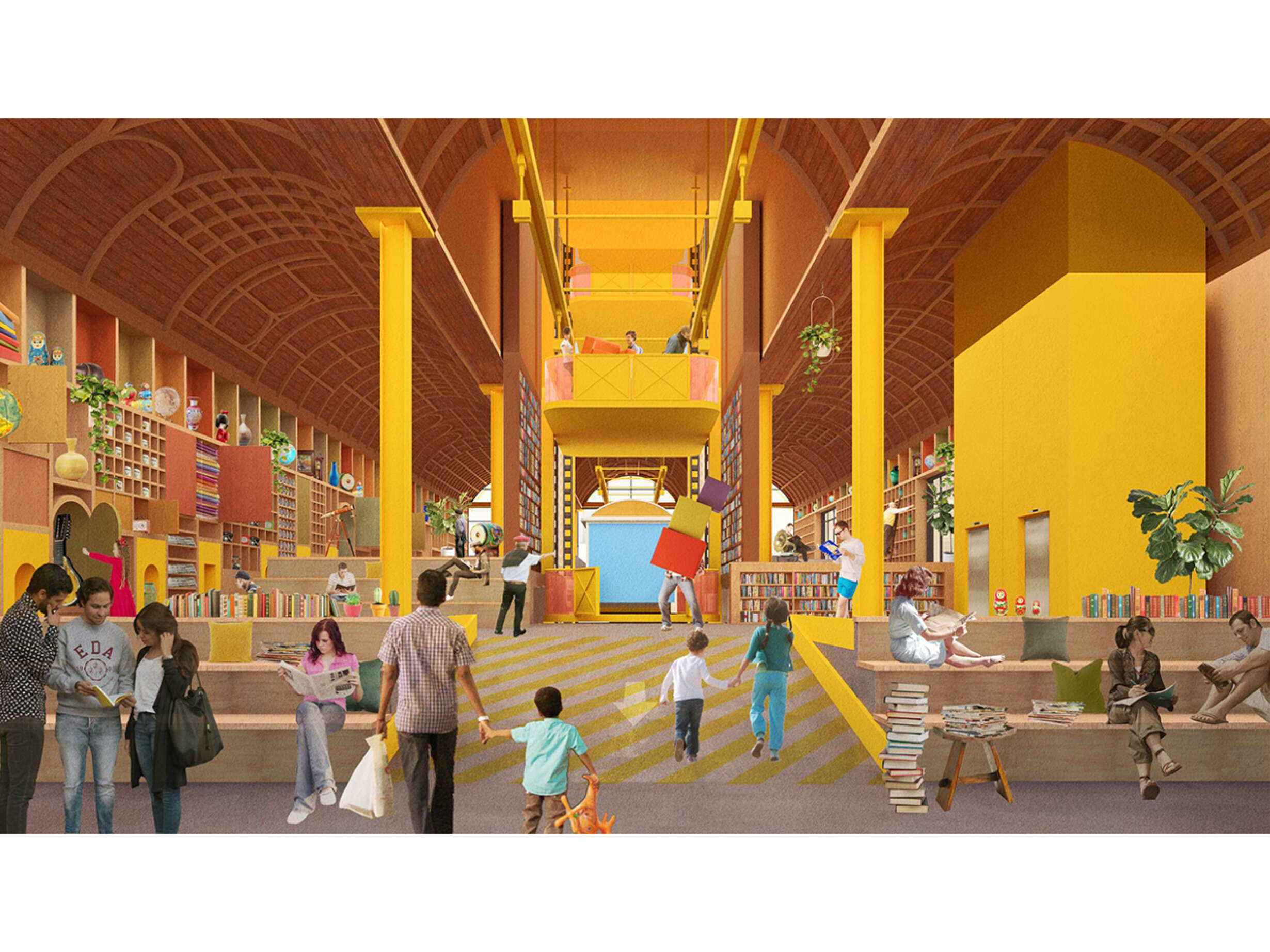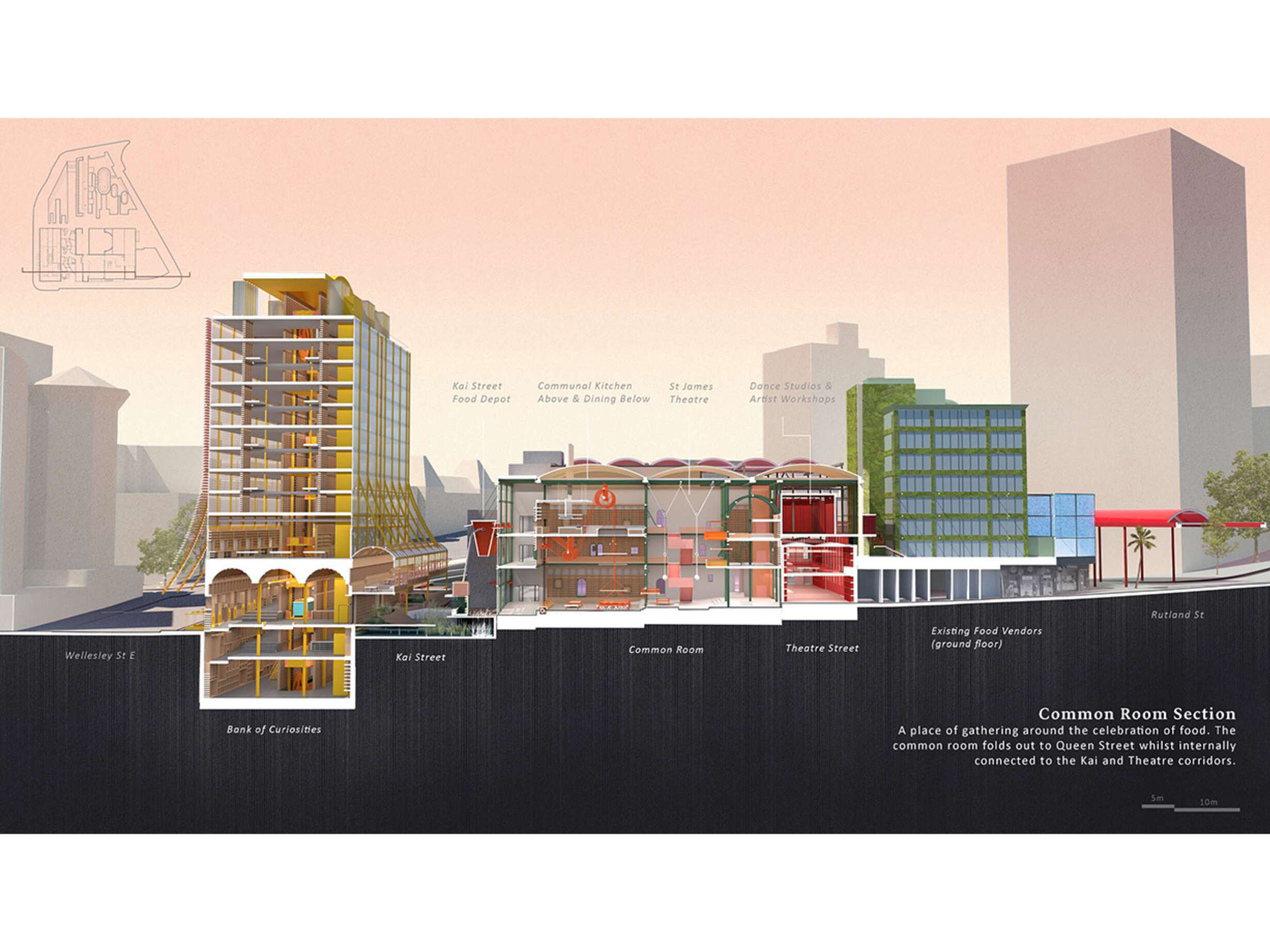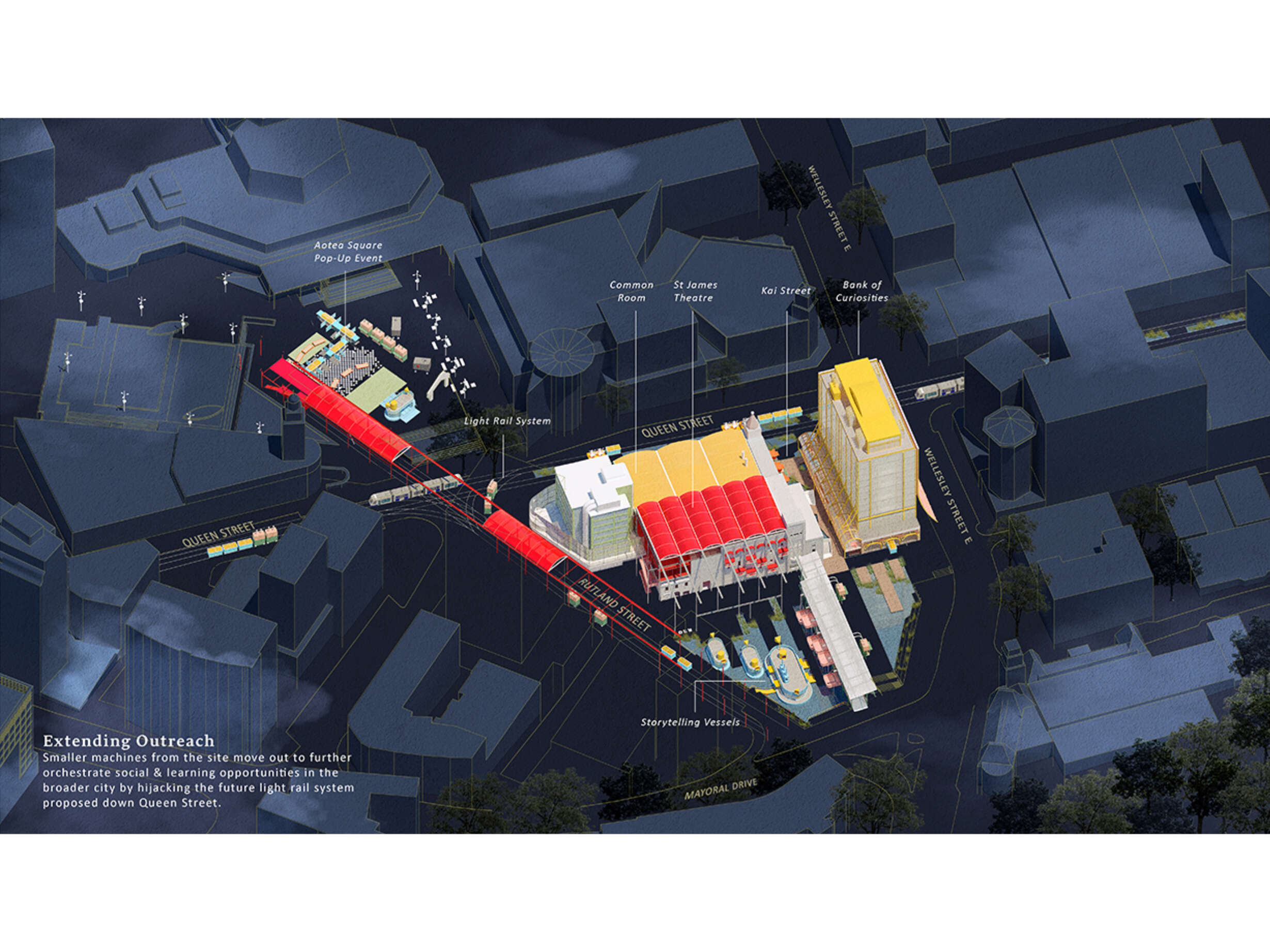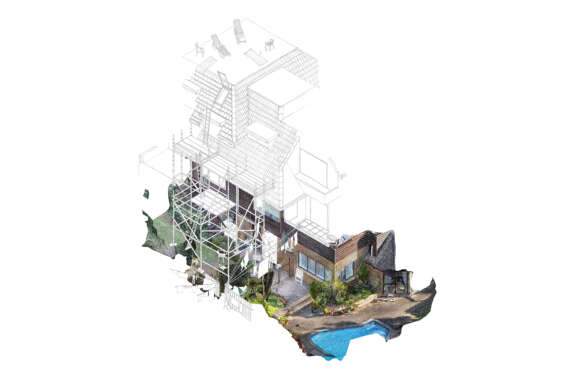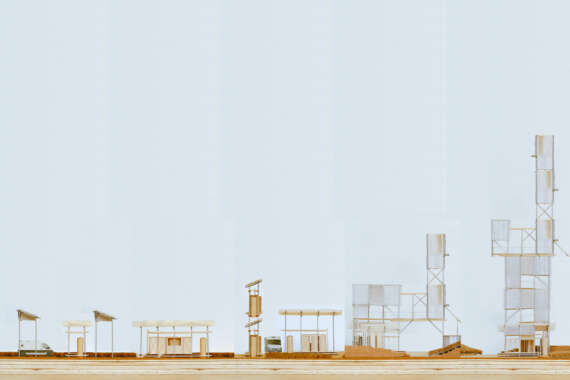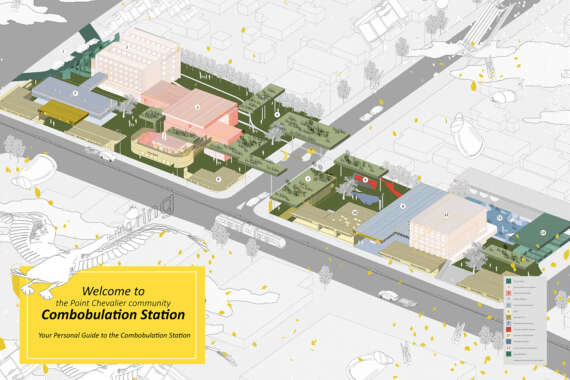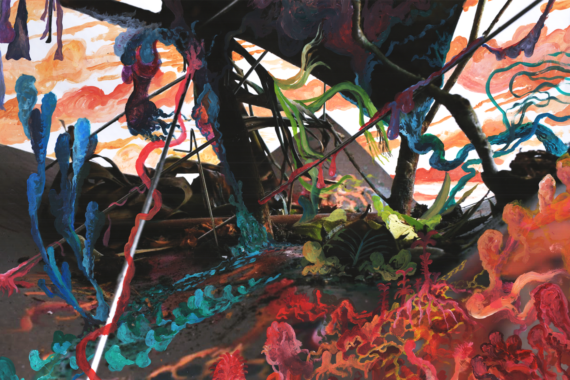Cindy gives us a vision of Midtown Auckland that is utterly contrary to its current shabby, relatively underpopulated state. Conceived in 2021, in the shadow of the then ongoing Covid-19 lockdowns, the project addresses both the general malaise that had taken hold of the CBD at this time, and the drift of workers, shoppers and business interests to the harbour edge—bolstered by considerable building capital and Council-driven public space improvements there. In her project, two historically significant city blocks making up a key intersection of Auckland Council’s ‘Learning’ and ‘Entertainment’ precincts are reconfigured. Inclusive of key buildings such as the Auckland Central Library, the St James Theatre, and the old ASB Banking Head Office, Cindy introduces the possibility of a “playful city”, an urbanism through which architectural and social engagement is released from previous strictures and expectations.
Emphasising mobility and flexibility over fixity, the project, titled “Library-City” imagines a new type of library on the site of the current one—itself having reached the end of its current serviceable life. Rather than a place to hold and store collections of books and artefacts, Cindy’s Library-City builds on the inherent centrifugal dynamic of libraries—their borrowing function—to imagine and design for a more immediately dispersive rationale: a radically porous library is decantated into the surrounding built fabric. Released from its immediate footprint, previous built space becomes a wetland resonant with that found here prior to colonisation. Anything but decorative, the new open bodies of water flooding the library's old storage basements are linked to a broader waterway ecology, one that filters roadway surface runoff through wetland planting, and which links this ‘learning precinct’ back to the Waitemata Harbour through a parallel ‘daylighting’ of the Waihorotiu Stream. In place of an either/or scenario for city vitality, Cindy gives a synergistic and interwoven ecology. Yet her ‘learning from waterways’ goes further: midtown itself is seen as a learning field in which a new porous library disperses “learning devices”, playful and inventively interactive mobile carts that catalyse in innumerable ways, social occasions of varying scale—anywhere from festivals to intimate reading.
Highly commended in the Te Kāhui Whaihanga New Zealand Institute of Architects annual Student Design Awards, the judges capped their commentary on the project with the imperative—“Somebody call the Mayor!” Some years on from the awards, and in the wake of ubiquitous flooding that has afflicted Tāmaki Makaurau Auckland and other parts of Aotearoa, Library-City stands as a compelling exemplar for what ‘spongy-cities’ of the future can be like—places whose hydraulic-ecological intelligence is matched by a playful societal intelligence capable of exceeding certain capital (i)llogics savaging cities.
-Andrew Douglas, supervisor








